Intricate, Beautiful, Raunchy: Japan Embraces Its Ancient Erotic Print Tradition
by: Claire Voon for Hyperallergic
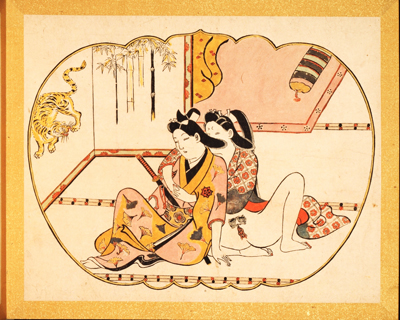
Hishikawa Moronobu, from a set of twelve erotic scenes (late 17th century)
October 2015--Ukiyo-e, the popular color woodblock prints of Japan, are globally recognized and renowned, but their raunchier examples tend to see less light, rarely going on public display. Known as shunga (“spring pictures”), these highly erotic scenes comprise a genre of their own, and an exhibition devoted entirely to them has opened for the first time in their country of origin. Shunga, currently on view at Tokyo’s Eisei-Bunko Museum, features 133 works shown over two consecutive display periods, with many attributed to familiar names such as Katsushika Hokusai and Utagawa Kuniyoshi.
The exhibition is preceded in scope by only one other show, which opened at the British Museum in 2013 and drew close to 90,000 visitors in three months. Nearly half of the works on display at Eisei Bunko come from the British Museum, with the rest borrowed from various Japanese museums and private collections. Open since mid-September, Shunga, too, is attracting so many people that organizers have been reporting heavy visitor congestion and 20-30-minute waiting lines. Despite the works’ popularity, their highly explicit nature is the chief reason behind their limited display in museums: as Japan Today notes, finding sponsors for large shunga exhibitions is difficult, and curators often express worry about public complaints. Ten establishments turned down requests to host Shunga before Eisei-Bunko offered its space, and the exhibit is restricted to museum-goers 18 years old and up (the British Museum advised parental guidance for those under 16).
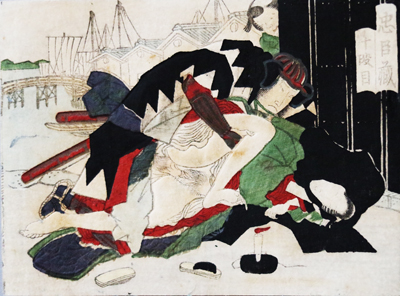
Unknown artist, Picture Calendar of Chushingura (Chushingura daisho koyomi) (1822)
These works have historically been taboo, with the Japanese government issuing an edict in 1722 that banned their production during much of the Edo period. Of course, they continued to emerge — often unsigned — and were widely circulated in Japan, although to Western eyes they were often regarded as pornographic.
As British Museum curator Tim Clark explained, it is likely that “everybody in Japanese society, from the ruling class down to the ordinary townsperson down in the street, used and enjoyed shunga. This is a situation that would have been inconceivable in Europe at the same time. In the West we’ve come up with this rigid division between what we define as art on the one hand and what we declare to be obscene or pornographic on the other.”
While the works are indeed graphic, they reflect the same artistic and technical finesse of less risqué ukiyo-e. Couples caught in the act of lovemaking are rendered with bold outlines and colors, and the garments and blankets they teasingly lift are often decorated with highly intricate, beautiful patterns. Attention is not lost, either, on detailing the places where such lust-filled scenes occurred. One work by Hishikawa Moronobu that shows a samurai (identifiable by his sword) embraced by his wide-legged lover also features a wall painting of a grinning tiger and four bamboo trees; another by Suzuki Harunobu includes in its background a black-spotted cat on a porch eying a butterfly hovering above a bonsai tree. Next to the two interlocked figures is an open and inked notebook, suggesting that the vignette is part of a greater narrative.
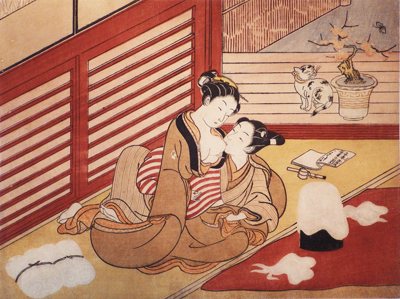
Suzuki Harunobu, “A Cotton Picker (Watatsumi onna)
Many shunga were actually completed as stories conveyed in a series of scenes that progressively increased in intensity. Regarded as one of the genre’s masterpieces, Kitagawa Utamaro’s 1788 “Poem of the Pillow” contains 12 erotic illustrations in one album. One extremely detailed scene shows lovers in the upstairs room of a tea house, wrapped in flimsy patterned fabrics as they embrace one another. You can catch a glimpse of the man’s right eye, fixed on the features of the woman, who is turned resolutely away from us. It’s an affectionate moment that makes us highly aware of our voyeurism, but Utamaro has included one hint that the couple is aware of the viewer: the man holds out a fan with a poem written on its folds. Its beak caught firmly in the clamshell, the snipe cannot fly away on an autumn evening, it reads.
While shunga appeared mostly as ukiyo-e, some images were also painted on hand scrolls, such as Torii Kiyonaga’s 1785 “Handscroll for the Sleeve.” The long, narrow scroll enabled its owner to roll up the 11 images and tuck them into his sleeve to carry around, according to Clark. Like Utamaro’s illustration, Kiyonaga’s also exemplifies how shunga capture moments of intimacy as much as they depict physical acts. In one scene, a couple gazes with intensity into each other’s eyes, the privacy of the moment emphasized by the closely cropped image. The man places his fingers to his mouth, suggestive of the pleasure his lover will soon receive, which “gives a real idea of the mutuality of shunga — how it’s pleasure for women as well as pleasure for men,” as Clark says.
Inked script also fills the background of some of the pictures, representing dialogue that also reveals this mutuality. Perhaps one of the most well-known examples of shunga is Hokusai’s “The Dream of the Fisherman’s Wife” (1814), which shows two octopuses pleasuring an ama diver. The text surrounding the trio relays their sexual pleasure — but it’s clear that the fantasy belongs to the woman rather than the cephalopods. The scene is certainly over-the-top, but its absurdity shows that shunga were not enjoyed for just their sexual nature but also for their humorous undertones.
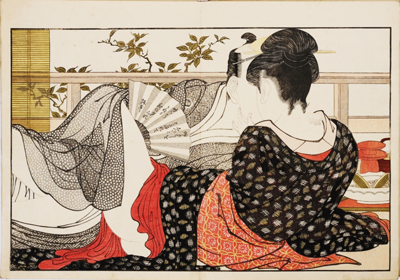
Kitagawa Utamaro, “Lovers in an Upstairs Room” from Poem of the Pillow (Uta makura) (1788)

Torii Kiyonaga, “Handscroll for the Sleeve (Sode no maki)” (1785) (courtesy International Research Center for Japanese Studies)
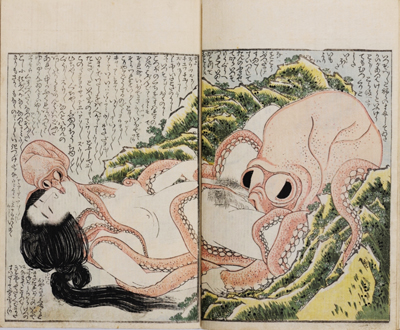
Katsushika Hokusai, “The Dream of the Fisherman’s Wife (Kinoe no komatsu)” (1814) (courtesy Uragami Mitsuru collection)
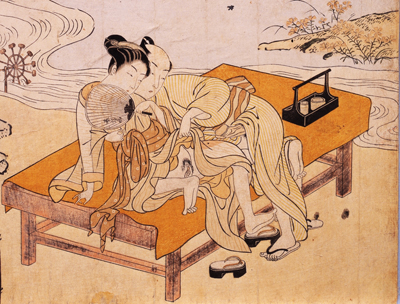
Suzuki Harunobu, “Enjoying the Evening Cool (Yu suzumi)
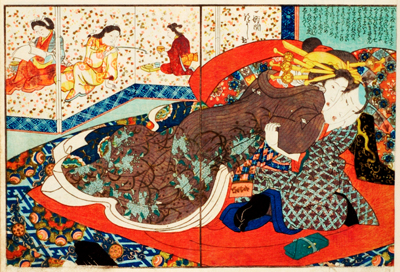
Utagawa Kuniyoshi, “Calendar of Flowers (Hana-goyomi)” (1835) (courtesy International Research Center for Japanese Studies)
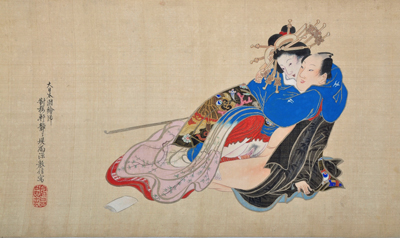
Nozawa Teiu, “Handscroll of secret love (Higi zukan)
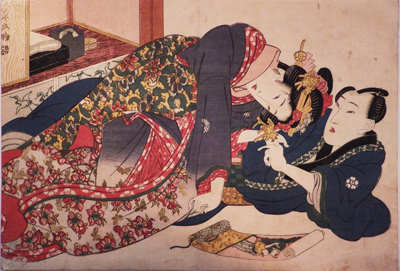
Keisai Eisen, “Risque Picture of the Tale of Genji (Abuna-e Genji monogatari)” (1822)
SOURCE: http://hyperallergic.com/240689/intricate-beautiful-raunchy-japan-embraces-its-ancient-erotic-print-tradition/
Recent Articles
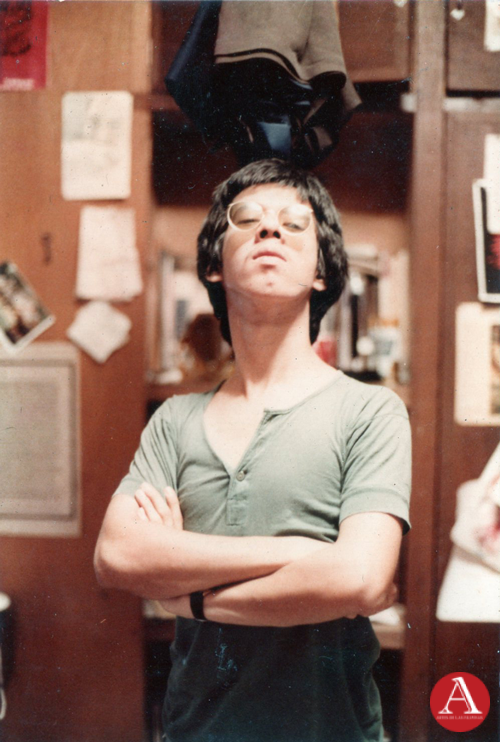 FEDERICO SIEVERT'S PORTRAITS OF HUMANISM
FEDERICO SIEVERT'S PORTRAITS OF HUMANISMJUNE 2024 – Federico Sievert was known for his art steeped in social commentary. This concern runs through a body of work that depicts with dignity the burdens of society to...
.png) FILIPINO ART COLLECTOR: ALEXANDER S. NARCISO
FILIPINO ART COLLECTOR: ALEXANDER S. NARCISOMarch 2024 - Alexander Narciso is a Philosophy graduate from the Ateneo de Manila University, a master’s degree holder in Industry Economics from the Center for Research and...
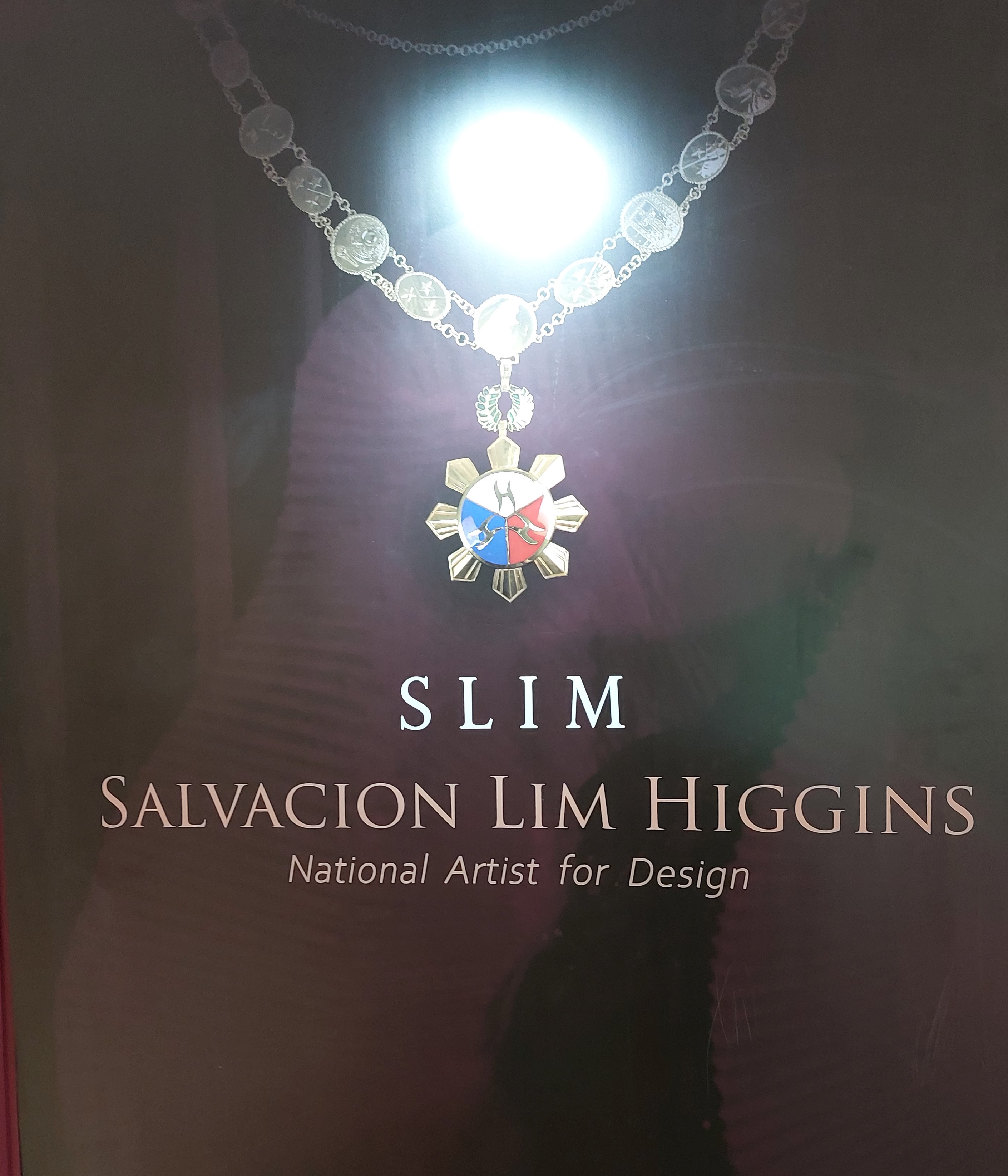 An Exhibition of the Design Legacy of Salvacion Lim Higgins
An Exhibition of the Design Legacy of Salvacion Lim HigginsSeptember 2022 – The fashion exhibition of Salvacion Lim Higgins hogged the headline once again when a part of her body of work was presented to the general public. The display...
 Jose Zabala Santos A Komiks Writer and Illustrator of All Time
Jose Zabala Santos A Komiks Writer and Illustrator of All TimeOne of the emblematic komiks writers in the Philippines, Jose Zabala Santos contributed to the success of the Golden Age of Philippine Komiks alongside his friends...
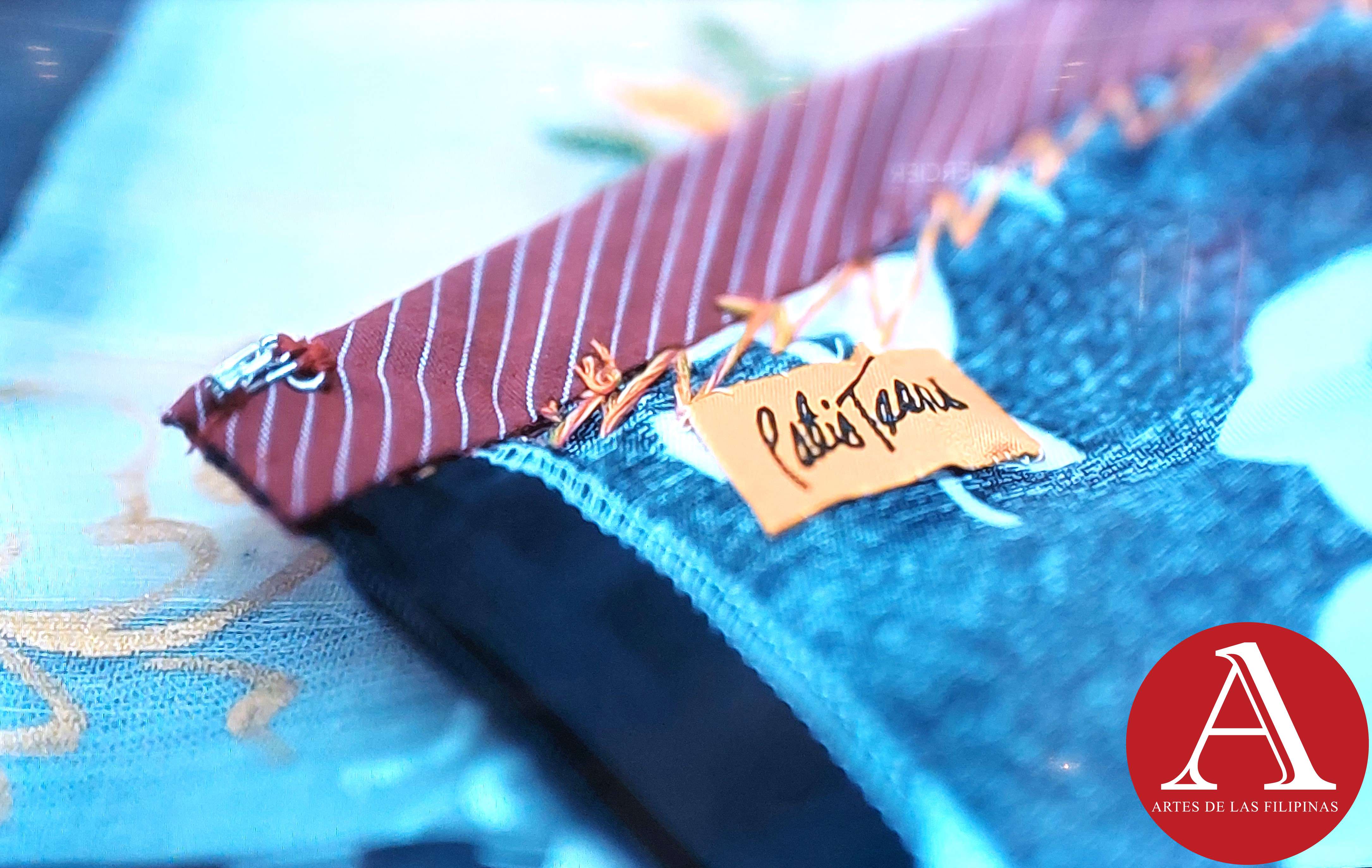 Patis Tesoro's Busisi Textile Exhibition
Patis Tesoro's Busisi Textile Exhibition
The Philippine Art Book (First of Two Volumes) - Book Release April 2022 -- Artes de las Filipinas welcomed the year 2022 with its latest publication, The Philippine Art Book, a two-volume sourcebook of Filipino artists. The...
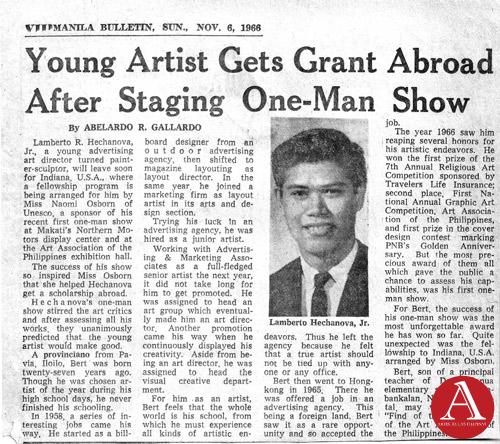 Lamberto R. Hechanova: Lost and Found
Lamberto R. Hechanova: Lost and FoundJune 2018-- A flurry of renewed interest was directed towards the works of Lamberto Hechanova who was reputed as an incubator of modernist painting and sculpture in the 1960s. His...
 European Artists at the Pere Lachaise Cemetery
European Artists at the Pere Lachaise CemeteryApril-May 2018--The Pere Lachaise Cemetery in the 20th arrondissement in Paris, France was opened on May 21, 1804 and was named after Père François de la Chaise (1624...
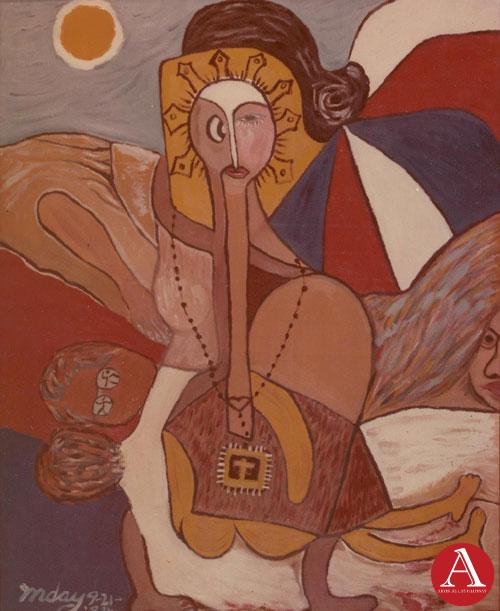 Inday Cadapan: The Modern Inday
Inday Cadapan: The Modern IndayOctober-November-December 2017--In 1979, Inday Cadapan was forty years old when she set out to find a visual structure that would allow her to voice out her opinion against poverty...
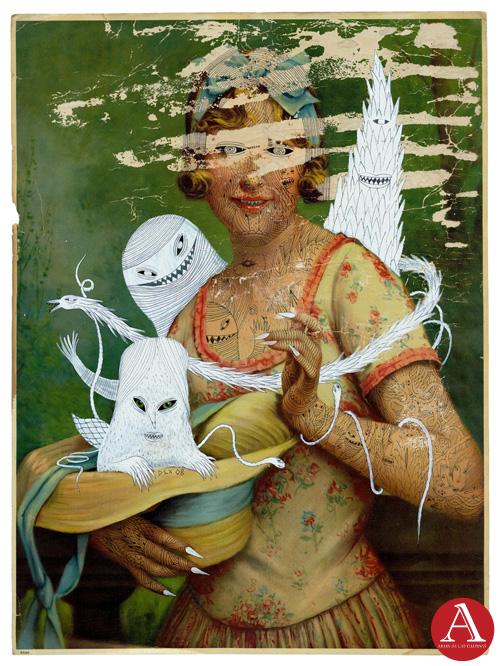 Dex Fernandez As He Likes It
Dex Fernandez As He Likes ItAugust-September 2017 -- Dex Fernandez began his art career in 2007, painting a repertoire of phantasmagoric images inhabited by angry mountains, robots with a diminutive sidekick,...



